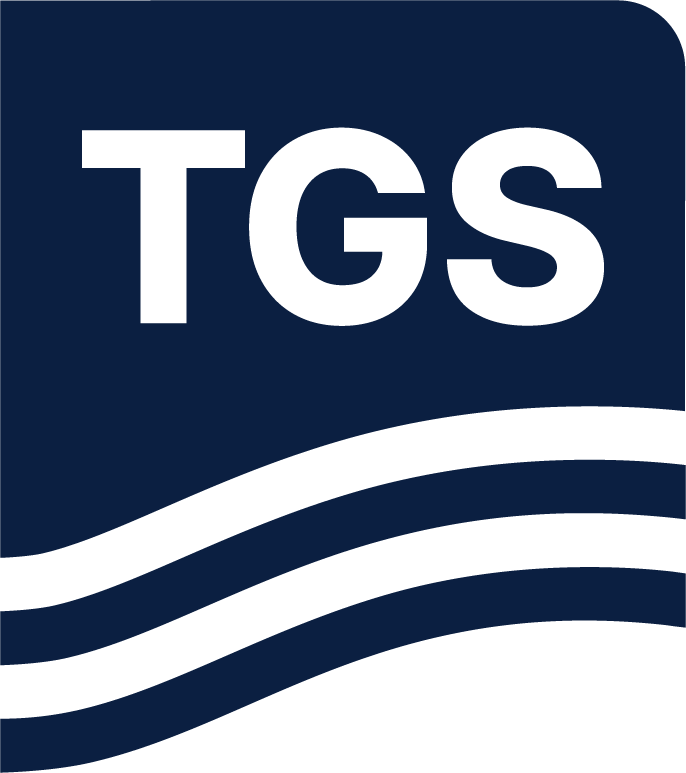Paper Summary
Presented here are the results of the co-processing of the first-ever three Ocean Bottom Nodes (OBN) surveys in Africa over Agbami field in a water depth of more than 4800 feet. The objective of the coprocessing was to ensure 4D repeatability in the second monitor survey (which had half as many source points as the baseline and first monitor surveys), enhance 4D signal, reduce 4D noise, and improve structural imaging in the 3D volume. These OBN datasets provide full azimuth, long offset, and low frequencies that facilitate specialized processing workflows and enable higher reliability in 4D seismic response. As exemplified in this case, even significant differences in OBN source can be overcome to produce good 4D results.
Full utilization of the data and careful application of each element in the workflow contributed to good 3D and 4D results. For 4D co-processing, wavelet equalization, deghosting, and multiple modeling with adaptive subtraction were employed, were all instrumental in maintaining 4D signal and reducing 4D noise. The multiple suppression techniques included 3D SRME and 3D MWD. This flow in conjunction with a rigorous 4D QC process were key in meeting the co-processing objectives.

